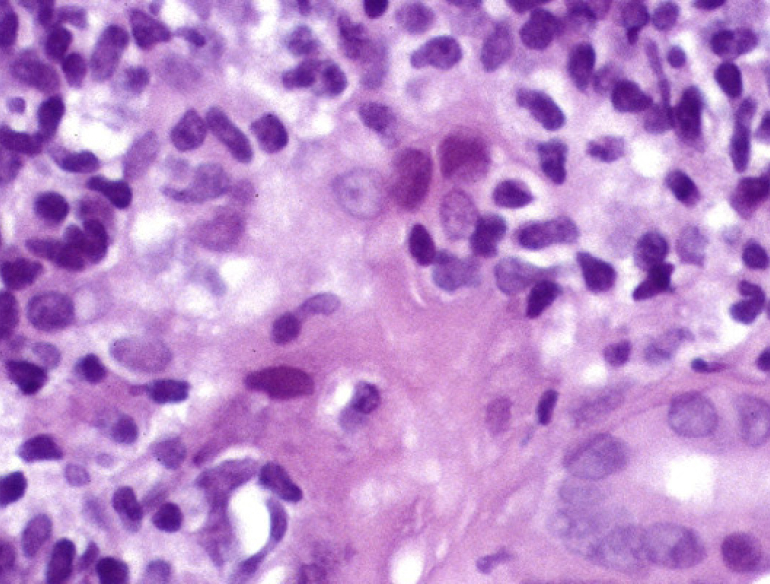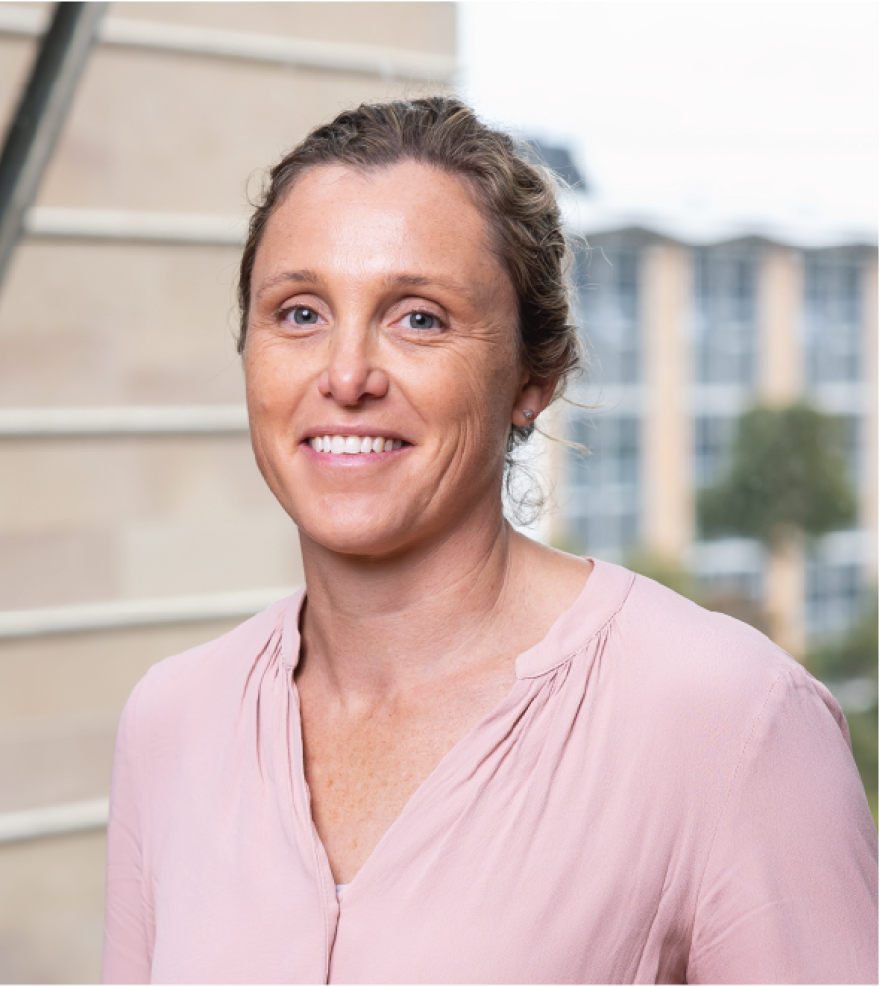Hepatitis C virus (HCV) remains one of the most medically significant viral infections globally. The majority (~75%) of HCV infections progress to chronicity, causing liver disease, cirrhosis, liver failure and hepatocellular carcinoma. HCV therefore accounts for substantive morbidity and mortality worldwide. Despite the availability of new effective antiviral therapy, the burden of disease and associated health care costs will continue to rise; direct-acting antivirals (DAAs) are expensive, and do not prevent re-infection, which is prevalent in people who inject drugs. The development of an HCV vaccine therefore remains a high priority for global elimination.
All effective vaccines to date are based on the induction of humoral immunity. There is substantial evidence supporting the role of HCV-specific antibodies in protection from chronic HCV. In animal models of HCV, neutralising antibodies (nAb) provide protection against new viral infections, and can abrogate established infections. The Viral Immunology Systems Program has the objective of understanding the role of B cells in clearance of HCV infection upon primary exposure and upon re-infection. Our studies aim to understand the requirements for the induction of a long-lasting antibody response by characterising the phenotype of B cells in natural infections, and the discovery of new nAbs with novel specificity, as well as the role of non-neutralising in HCV clearance.
Samples collected from unique prospective cohorts with early HCV infections or reinfections are analysed using a variety of virological and immunological techniques to fully characterise the B cell response in natural infection. Serum samples are examined for nAb using infectious culture models and their specificity using enzyme immunoassays. Flow cytometry and single-cell RNA sequencing are used to characterise the function of HCV-specific B cells and to isolate antibodies with potential therapeutic and vaccine uses. Next-generation sequencing is also applied to understand the evolution of the virus in the face of B cell responses.
We have characterised the antibody response in patients with early acute HCV infection and found differences between those that clear HCV, and those that develop chronic infections. In subjects of interest, including those that clear multiple infections, and patients that remain uninfected despite high risk activity, we are working to identify which nAbs are contributing to protection. Finally, we have identified viral domains that are commonly targeted by spontaneous clearers which could be ideal candidates for vaccine design.
Overall, our research projects aim to understand natural protection from HCV to inform vaccine design. By understanding the function of B cells in acute HCV infection, our projects will inform on the immune response phenotype that needs to be induced with a vaccine. Furthermore, by characterising the viral domains that are naturally targeted in spontaneous clearers, such epitopes could present ideal candidate immunogen for a broadly protective prophylactic vaccine.
- Associate Professor Heidi Drummer, Burnet Institute
- Professor Steven Foung, Stanford University
- Australian Centre for HIV and Hepatitis Virology Research (ACH2)
- National Health and Medical Research Council (NHMRC) Partnership and Project Grant

